Many sellers are reluctant, or try to avoid shipping internationally because they don’t know exactly how the customs clearance process works!But now by explaining how it works, we hope you’ll realize that for most sellers, it’s probably not as complicated as you think!
So let’s quickly take a look at what really happens when your goods arrive at customs.
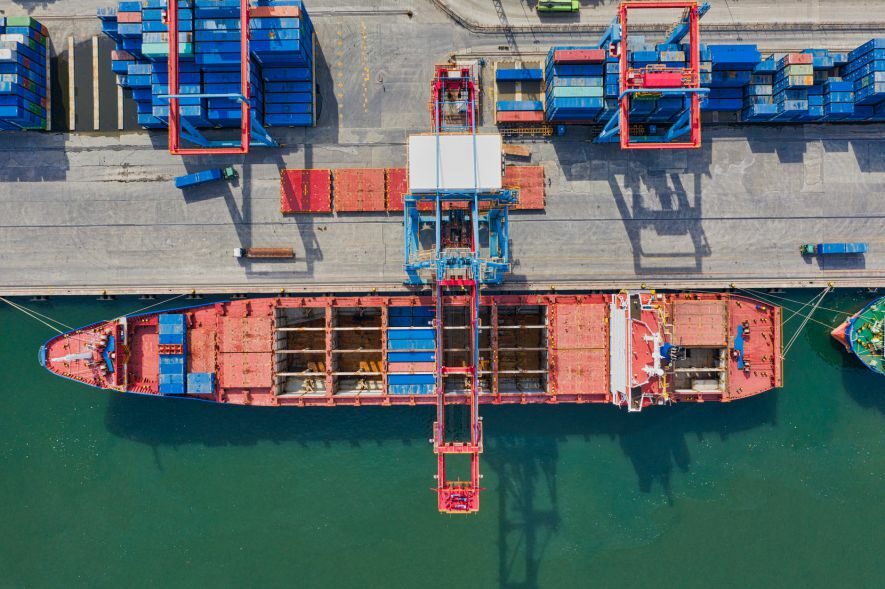
1. What is Customs Clearance?
Customs clearance is an economic term that refers to the procedures that should be carried out in accordance with the laws, regulations and rules when importing, exporting or transferring goods into or out of a country’s customs territory.
Only after fulfilling various obligations, such as customs declaration, inspection, taxation, and release, can the goods be released, and the owner or declarant can take delivery of the goods.
Likewise, all means of transport for the import and export of goods to, from, or in transit through the country must be declared to customs, go through customs formalities, and then receive permission from customs. During customs clearance, whether for import, export or transshipment, the goods are under customs supervision and are not allowed to circulate freely.
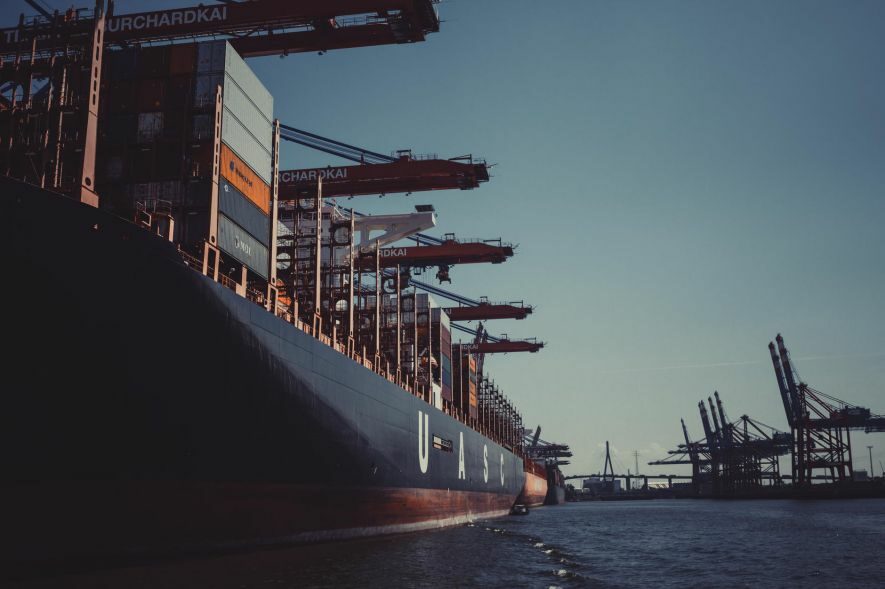
2. Who’s responsible for customs clearance?
In international shipping, the party responsible for clearing customs is called the customs agent.
The customs agent, a qualified professional who will make a declaration to the competent customs authorities on behalf of the importer or exporter, respectively. He/she is responsible for communicating customs information or notices from the customs office to the client. The customs agent is also responsible for the payment of taxes and duties on behalf of the importer/exporter.
3. Documents needed for customs clearance
Any commercial goods, whether for import or export, require customs clearance by the customer.In a nutshell, this means that companies engaged in the import/export business need to go through procedures to meet the customs requirements set by the government.
The customs clearance process usually requires the preparation of documents, which can be submitted electronically or with the consignment. This helps the authorities calculate the taxes and duties that will be imposed on the goods.
The type of documentation required for customs clearance is not always the same and usually depends on the type of goods being transported. It may also vary depending on the country of origin and destination of the goods. However, as a rule of thumb, most businesses need to follow the following general set of documents when importing or exporting goods.
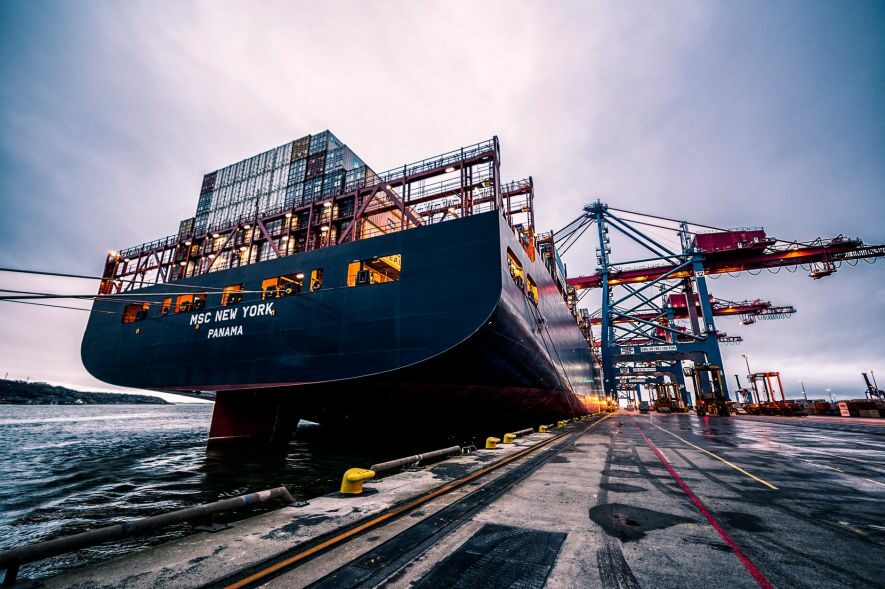
List of Documents required for Exports Customs Clearance:
- Customs Invoice
- Customs Packing List
- Proforma Invoice
- Country of Origin or COO Certificate
- Bill of Lading
- Bill of Sight
- Bill of Exchange
- Shipping Bill
- Letter of Credit
- Export License
- Warehouse Receipt
- Health Certificates
Customs Invoice
Customs invoices are essential documents in any export trade. The customs department will first request this document because it contains information about the order, including details such as description, selling price, quantity, cost of packaging, weight or volume of the goods, and can confirm the customs import value at the destination port, freight insurance, delivery terms and payment terms.The customs representative will compare this information with the order and decide whether or not to transmit the information.
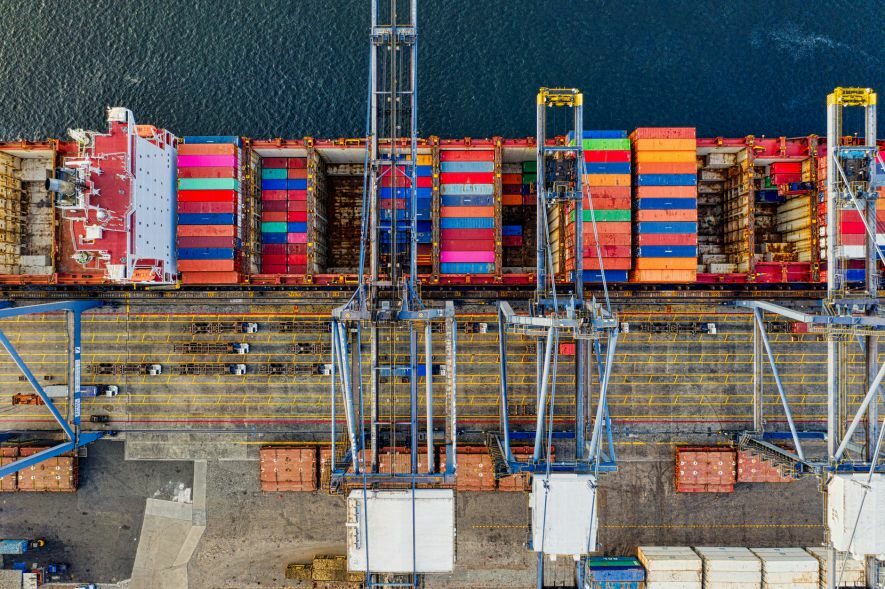
Customs Packing List
The customs packing list, which provides a list of items contained in the shipment, is sent with the international shipment and is particularly convenient for shipping companies because they know exactly what to ship. Also, a separate customs packing list is fixed to the outside of each individual container, minimizing the risk of exporting the wrong goods internationally!
Proforma Invoice
The invoice is generated through a recognized medium of communication (e.g., e-mail, fax, telephone or in person) based on the outlined terms and conditions agreed upon between the exporter and importer. It is similar to a “purchase order” issued prior to the completion of a sales transaction.
Country of Origin or COO Certificate
Country of Origin o Certificate a document issued by a notary public or a government or an exporter that proves the origin or place of manufacture of goods, provided by an exporter at the request of an importer.
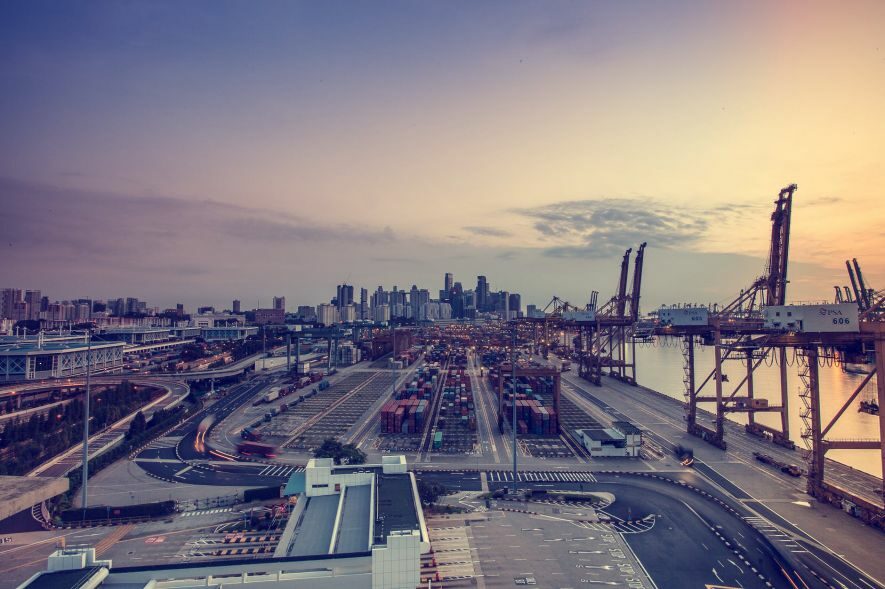
Bill of Lading
The Bill of Lading, or B/L, is issued by by the carrier to the shipper. It serves as evidence of the contract of carriage of the goods and products mentioned in the bill provided by the carrier. It also includes the information about the product, such as the type, quantity, and destination of the shipment. The bill of exchange can also be considered as a receipt at the port of destination and must be presented to the customs officer for customs clearance of the exporter. Regardless of the mode of transport, the bill of lading is an essential document that accompanies the shipment and must be duly signed by an authorized representative of the carrier, shipper, and consignee. The bill of lading will come in handy if any assets are stolen.
Bill of Sight
Bill of sight is a declaration made by the exporter to the customs department in case the receiver is uncertain about the character of the goods being transported. The bill of sight allows the receiver to inspect the consignment before paying for the applicable duty. If the exporter does not have all the necessary information and documents required for the bill of entry, he or she must apply for a demand note, which can be used as a substitute document.
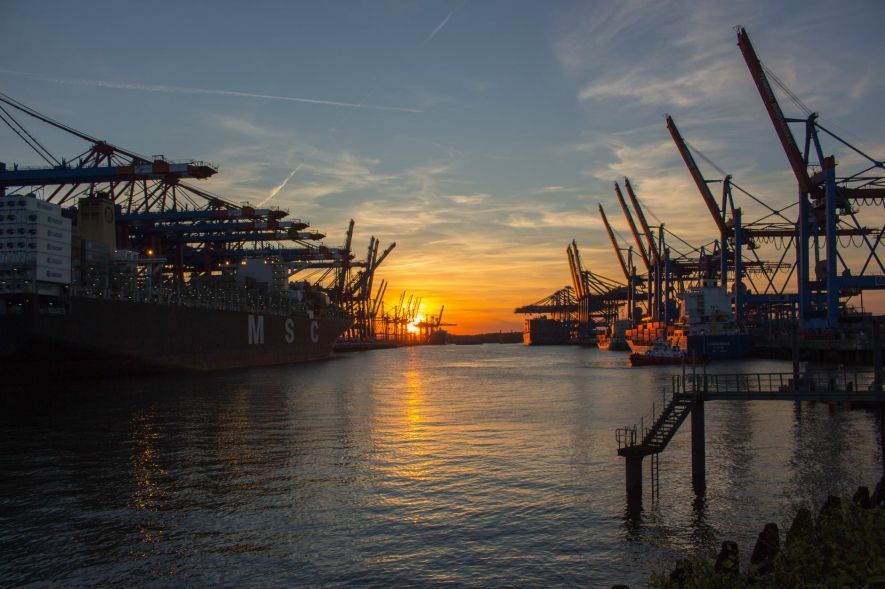
Bill of Exchange
A bill of exchange is an alternative payment method in which the importer will settle payment for goods received from the exporter on demand or in the fixed or determinable future. It is similar to a promissory note that can be drawn by a bank or an individual.
Shipping Bill
The shipping bill is an important document issued by the Customs Service Center after the exporter applies for it. This document facilitates the exporter’s customs clearance, loading, and application for tax refund. After receiving payment from the customer, the exporter should submit a copy or the original of the waybill to the bank.
Letter of Credit
letter of credit is shared by the importer’s bank and states that the importer will pay the exporter the amount specified to complete the transaction. Depending on the payment terms between the exporter and the importer, the order is placed only after the exporter has this letter of credit.
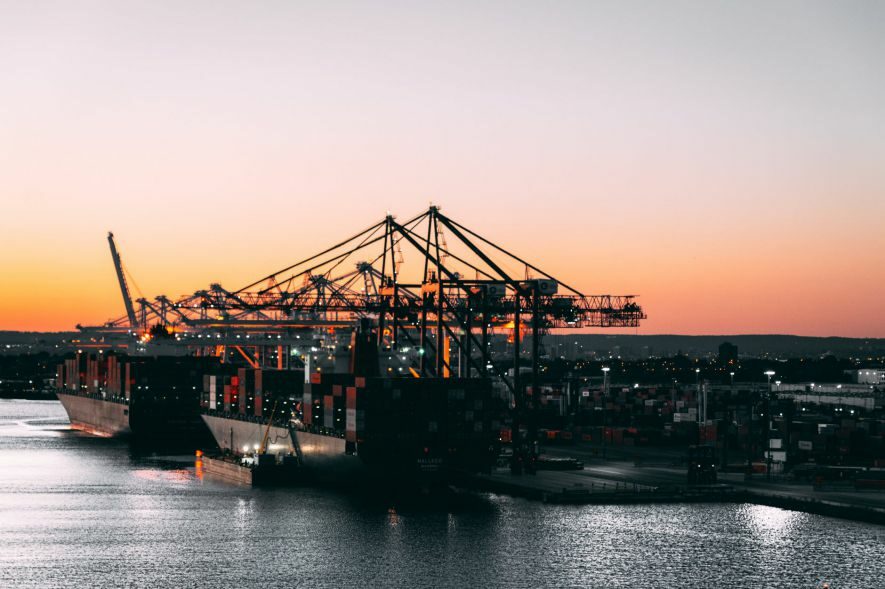
Export License
Businesses must have an export license that can be presented to customs for the export or transit of any product. However, it is only required to produce such products when the shipper first exports the goods to an international destination. These licenses may vary, depending on the type of export you intend to make.
Warehouse Receipt
Warehouse receipts are generated after the exporter clears customs and clears all applicable export duties and freight charges. This is only required if ICDs are involved.
Health Certificates
The health certificate applies only when international trade involves food of animal or non-animal origin. This document certifies that the food contained in the shipment is fit for human consumption and has been reviewed prior to export and complies with all safety standards, rules and regulations.
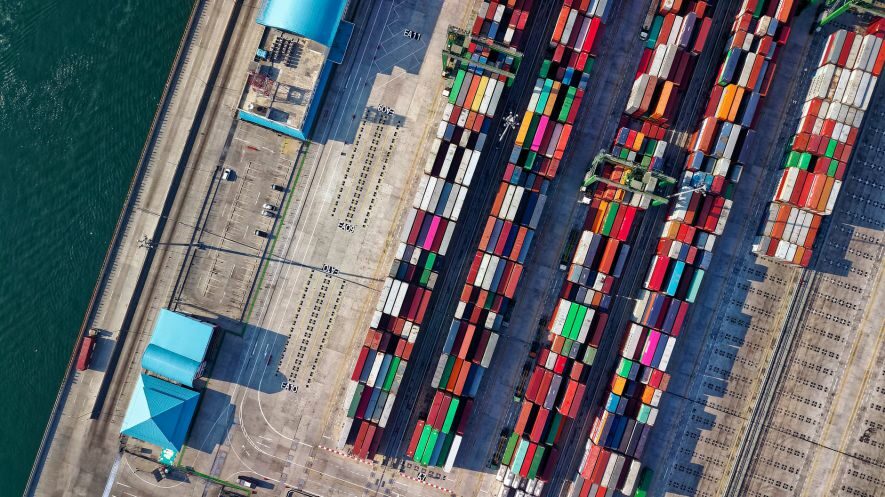
4. How much does Customs Clearance cost?
Different customs brokers will have different services and prices they charge. Some companies choose to use a freight forwarder, which can act as a customs broker, so you will see a quote and a contract that explains the customs elements of the service.
Most customs brokers will give their clients a different fee depending on the products being imported, as well as their value and origin. Typically, your quotation record will cover the following items:
- Customs clearance charge
- For sea freight consolidated shipments
- Inspection fees by government agency’s
- Necessary delivery costs
- Any agency fees or bank transfer fees
There are also some customs brokers that offer flat fees, but the most important thing is that you read the fine print or additional fees carefully, as this may affect your final fee.
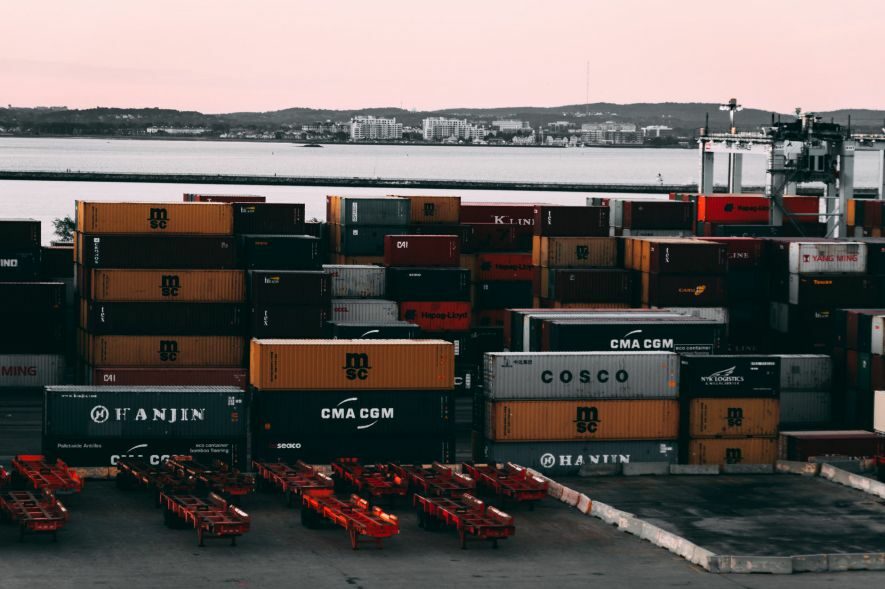
5. What is a customs broker?
A customs broker is an agent of the importer who assists the importer with customs operations. Customs brokers are private individuals or companies authorized by the U.S. Customs and Border Protection (CBP) to ensure that goods meet all standards and regulations for importing and exporting goods. They can assistance with all necessary documentation, duties, taxes and payments.
Goods that do not meet customs requirements may be detained indefinitely, the cost of which is borne by the shipper, or even confiscated. So if you’re not sure if your shipment meets all the customs clearance requirements, hiring a customs broker is an economical option.
From a business standpoint, a customs broker can assist the importer in getting the goods into their destination as quickly and smoothly as possible. A skilled broker will help reduce the cost of duties and taxes.
So, while you may not need to use a customs broker, they do help navigate the shipping process and can help you avoid unnecessary costs and delays.
Advantages of customs broker
- The customs broker will be able to take care of the transportation of the products. The customs brokerage company will verify that you are in compliance with customs regulations.
- The company will be able to save more money and benefits. The customs broker can guide a company through so that it can avoid shipping problems that can also arise due to trade agreements.
- A good customs broker can correct errors and tell you if important information is missing.
- The customs broker will tell you if they are unable to handle the product you want to ship. If this happens, they will be able to delay your shipment in the safest way possible.
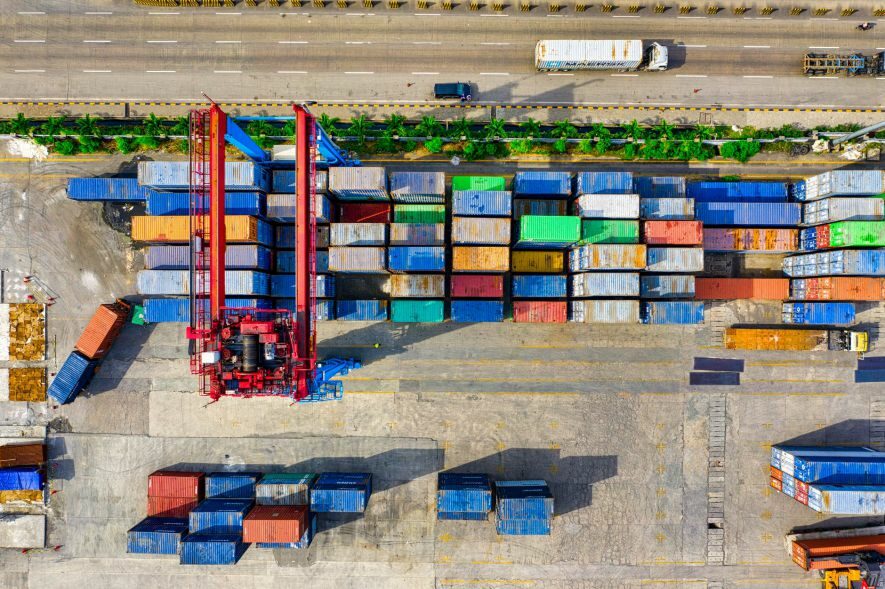
6. What services can customs brokers assist with?
Review customs documents
The most important thing for customs clearance is the logical relationship between the various documents, which is often not found by the clients, but needs to be judged by professionals through electronic systems and experience. At the same time, the customs broker needs to tell the client the reason for the error, which is beneficial to the integrity of the customs data. Therefore, if there is no preliminary audit, it is easy to be returned by customs .
Product code classification
Customs brokers can assist with HTS codes, which are based on 8-10 digit product classification codes. The first six digits are HS codes and the importing country includes subsequent digits for additional classification.
This is one of the basic functions of the customs broker . When import customs clearance, many goods are not familiar to us. After they get the information on the goods, there should be a judgment on what category the goods belong to, and then detailed customs declaration elements of accurate classification, to determine the customs code, and then the customs broker will know the next step how to operate, what preparatory work needs to be done.
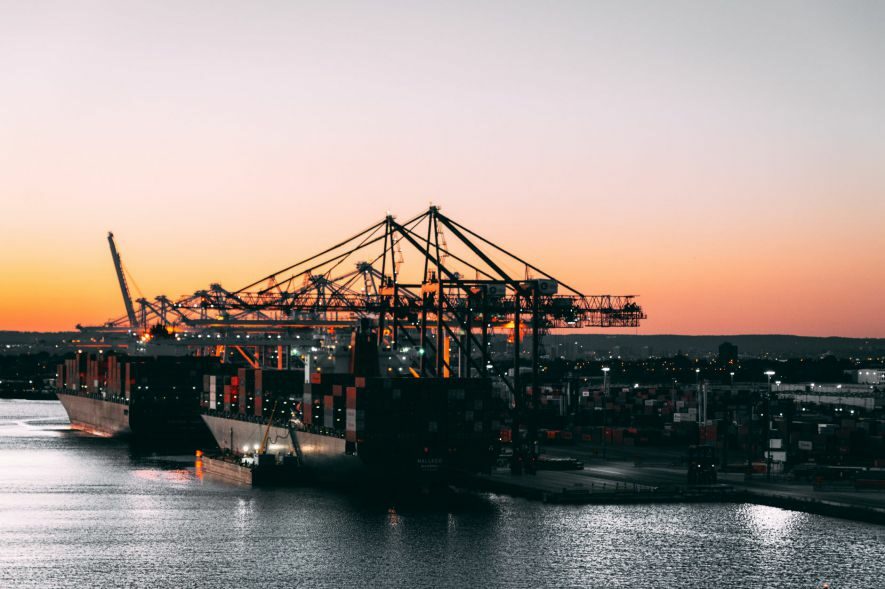
Customs Information Consulting.
The customs broker will compare customs data with its own data to determine whether the declared price is reasonable. In particular, there may be some goods with large price ranges and tax differences, and advance assessment can reduce the risk of customs examination. For some products that are difficult to classify, the customs brokers can help customers apply for pre-classification to avoid penalties due to incorrect customs codes.
Value-added services
For example, they can help customers apply for remission of late declaration fees for returned goods, and they can also help customers pay remittances as agents and provide professional guidance and training for customs declarations. In addition, they can help customers optimize the process of import customs clearance.
7. The Customs Clearance Process
- Customs officials will check your shipping documents for accuracy.Commercial invoices are required for all international shipments.After the paperwork has been verified, the document will list the contact information of the shipper and consignee, as well as shipping details such as the date of export and air waybill number.
- The customs officer will check to see if your shipment is subject to tax. This will depend on the type of merchandise, its value and the laws of the importing country. If it is determined that the value of the goods exceeds the tax threshold, then the officer will check to see if these taxes and duties have been paid.
- If there are unpaid taxes and duties, the customs will ask them to pay. There are two options for payment, one is DDU (Delivered without Delivery) and the other is DDP (Delivered with Delivery).
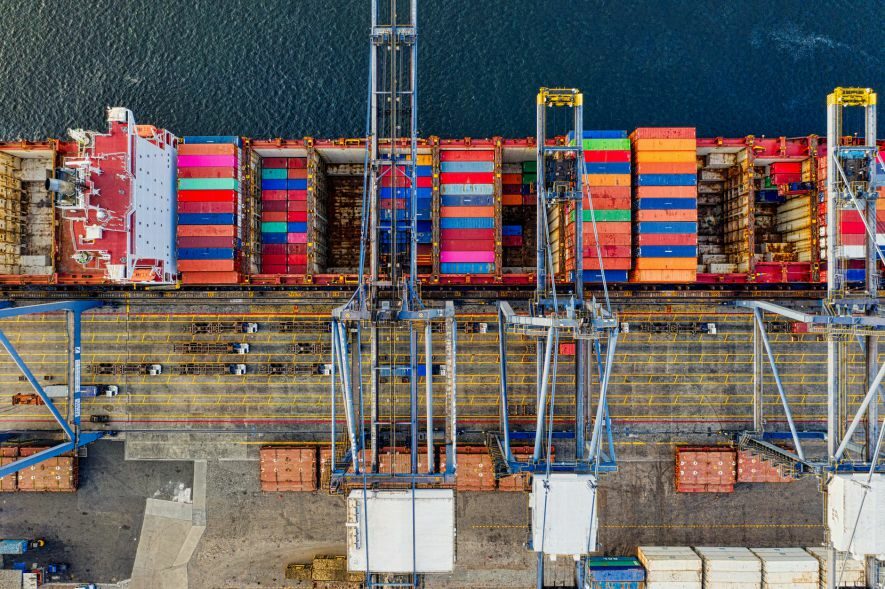
If the goods are marked as DDP, it means that taxes and duties have already been paid. Some express couriers have their own customs brokers who can handle this payment for you, and they provide these services at a fixed price when you pay for the tag.
However, if the shipment is marked as DDU, customs will forward the package to an independent customs broker and charge the required amount.This process can be expensive as brokers are independent and have different fees. Brokerage, storage, late fees, and various fees may affect the total shipping cost.
After taxes and duties are paid, the shipment will be ordered. From this point on, if the paperwork, duties and taxes are properly handled, the shipment should be shipped to its destination.
8. Shipping with Post Pony
Post Pony is a one-stop platform provides discounted shipping and oversea warehousing services in United States. Headquartered in Los Angeles, with warehouses in Los Angeles, New York, New Jersey and Portland, and branches in Beijing and Shenzhen. By integrating multiple channels and developing an order management system, an extensive logistics network has been established. Ensure low operating costs and excellent customer experience.
We support freight consolidation and door-to-door pickup services by opening our Los Angeles and New York warehouses. Benefit from our technical team , API docking and logistics functions in the EPP integration.
If you are an online retailer, it is also suitable to use Post Pony to mail your goods, because post pony provide an all-in-one, one-stop solution for e-commerce, including order fulfillment, inventory management through integration with popular platforms and EPR software.
üE-commerce Platform
Integrating multiple platforms, with order synchronization, inventory management, online label printing and more, Post Pony enables integrated fulfillment services and efficient, highly discounted, door-to-door local delivery.
üBulk Printing
One click to upload, quote, and manage labels for various logistics channels, more suitable for uniform specifications but with multiple addresses.
üAPI Integration
Helping enterprises connect with all available logistics channels, through API docking and ERP integration, ensures stability, simplicity and efficiency.
Here is a summary of the advantages of Post Pony
lüOne-stop bids platform
lüMulti-platform management, efficiency and intelligence
lüMulti-scene printing, API, ERP all available
lüProfessional warehousing team, broad range served
lüBilingual customer service, instantly response
lüTop developing team, steady system guaranteed


